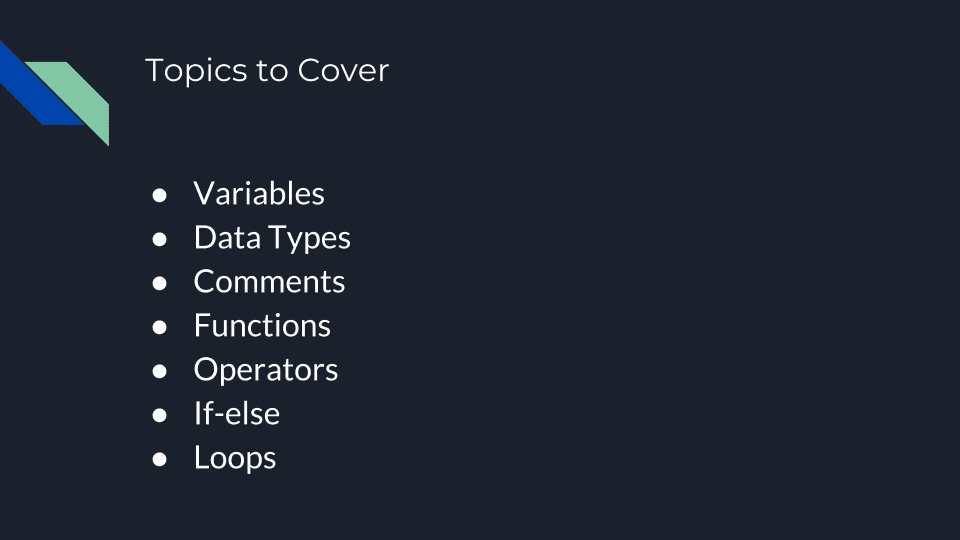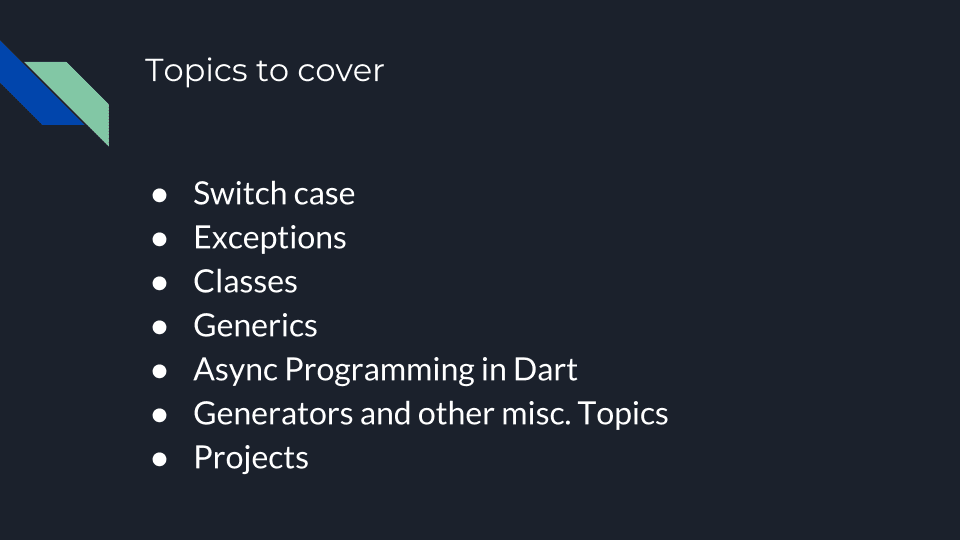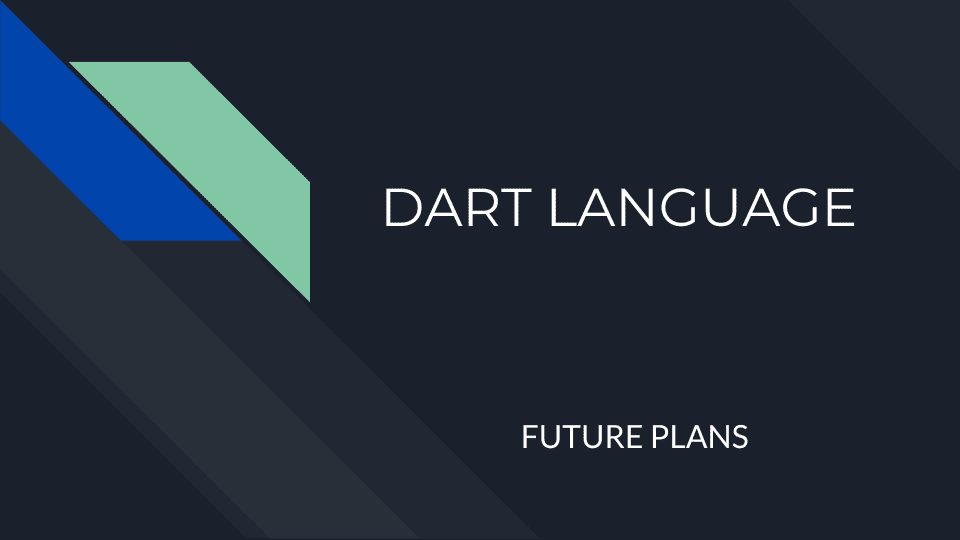Dart Programming Language Tutorial Part 1 | Series Introduction
A general introduction to my dart programming language tutorial series. The post contains what dart is, which topics I am going to cover here and future plans. So let's dive right into the post.
A Gentle Introduction to Dart
I am starting a new series on dart programming language. In this series I would be covering everything about dart from scratch to advanced concepts. Dart is an object oriented programming language by google that came around 2011. If you are here, then most probably you want to learn dart to write flutter apps. In that case, I have got you covered. After this series, I will start a flutter series, however if you just wanted to learn dart as a programming language, I have got you covered too. Dart can be used to write web apps, server apps, cli apps etc and we will do some standalone dart projects too.
So what is dart? Dart is a object oriented programming language i.e. everything in dart is an object, it's syntax is very similar to c++, java and I would also say javascript. It has reactive programming, async programming, concept of futures and streams inbuilt in it and is very fast and optimized.
So what are we going to cover in this series?


Local setup
We won't be doing any local setup in this series. For our use case, we will use dartpad. That is a good enough online text editor for learning and practicing dart (i mean the dart lang). However we will setup our local development environment when we are getting into projects, and then we will download and install our local copy of dart.
There you go guys, you made it to the end of the blog. Please check out the video below if you still have any doubts, subscribe to my youtube channel for regular updates, subscribe to my mailing list below, follow me on twitter , drop me a mail or leave a comment here if you still have any doubts and I will try my best to help you out. Thanks
Stay tuned and see you around :)
